Ground/Work Competition Finalist Entry by Of Possible Architectures
By Bustler Editors|
Tuesday, Sep 17, 2013
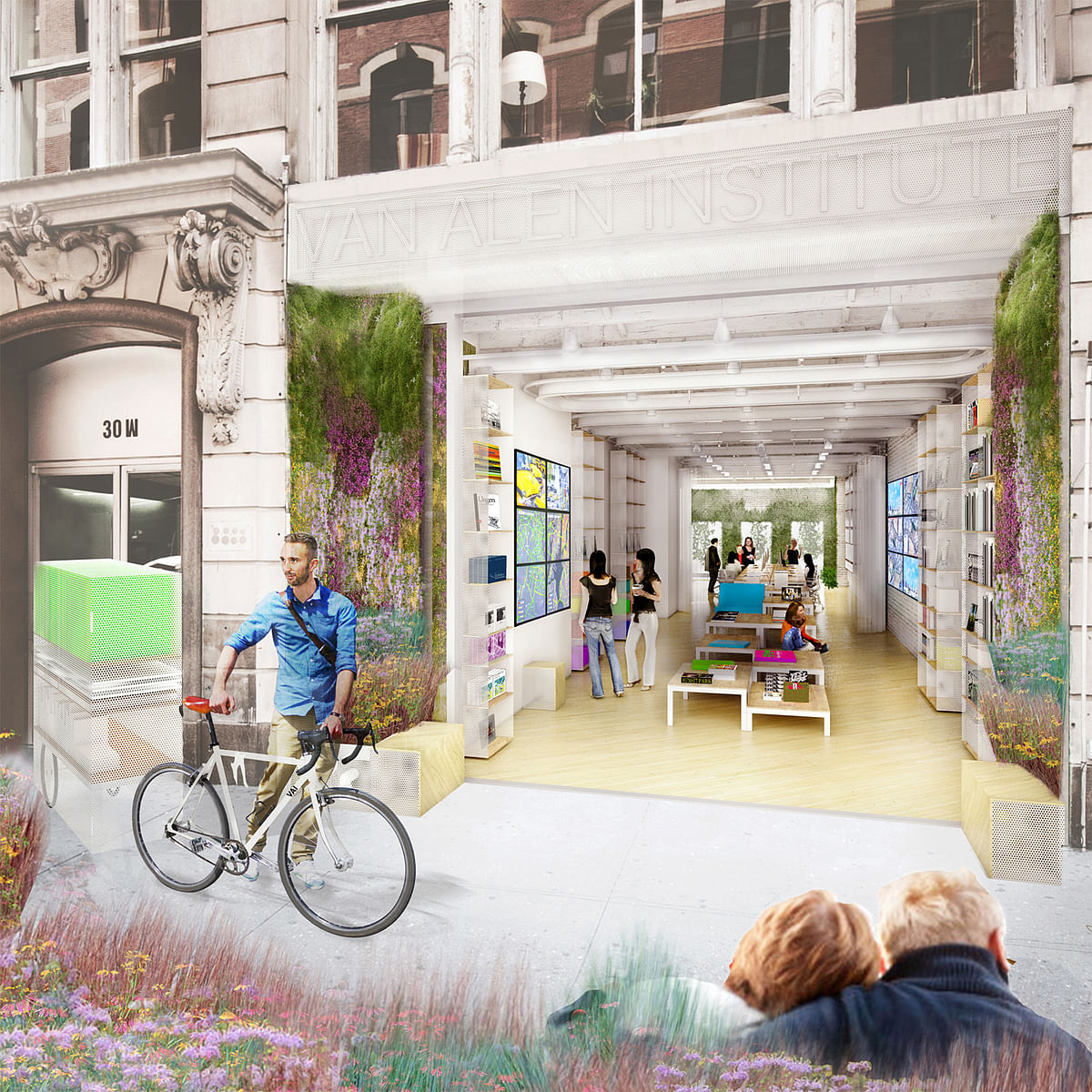
Related
For the past few months, we've been following the progression of the Van Alen Institute's Ground/Work competition for their new street-level space—from its launch to the announcement of the finalists, and the revealing of each finalist team's designs, who each presented their designs to the public.
While we wait for the winner of the competition to be announced this Thursday, we are happy to give a more thorough look into the proposal from the Of Possible Architectures team, one of the three Ground/Work finalists. More specifically, we're going to take a look at the Van Alen Table.
Developed on the notion of "relational tectonics" and built to conform with the size and program of the new VAI space, the Van Alen Table—in summation—is a translation of the Van Alen Stairs and a tangible representation of the Institute as a whole.
Scroll further to learn more about the proposal.
Project data:
VAN ALEN INSTITUTE / OF POSSIBLE ARCHITECTURES
Designers: Of Possible Architectures
Location: 30 W 22nd Street, New York, NY
Director: Vincent Appel
Team: Ethan October Lay-Sleeper, Jaime Magaliff, Paul Miller, Heather Murtagh, Mario Mohan, Franklin Romero Jr, Emily Ruopp Mata
Environment: Right Environments David White
Landscape: Crystal Gaudio
Structure: Arup, Matt Jackson
AV / Acoustics: Arup, Denis Blount, Terence Caulkins, Matthew Mahon
Code: Robert Bisaccia, Inc.
Photography: Roopa Bhopale
Date: 2013
Status: Competition
Client: The Van Alen Institute
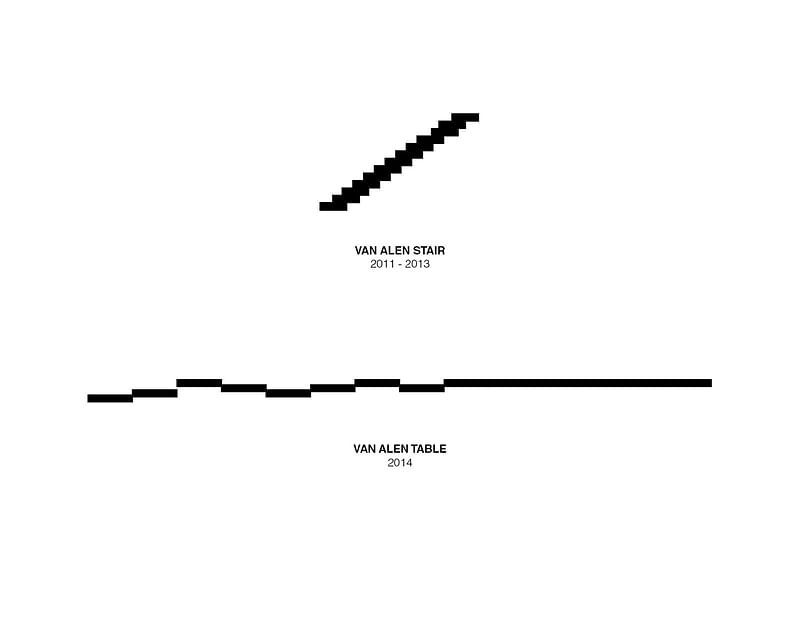
Web narrative from OPA:
"Of Possible Architectures proposes a multiform gallery, book store, office, and event space for the new Van Alen Institute. Over the past 119 years the Van Alen Institute has been a vital platform for architectural erudition in the United States and internationally. Its history is one interwoven with the developments of architectural practice, urbanism, and their pedagogy. The evolution of the Van Alen Institute from the 1894 Society of Beaux-Arts, National Institute of Architectural Education, to Van Alen Institute is the story of our discipline constantly shifting and overlapping as spheres of practice, education, policy, and civic life. Whether the period in the institution’s history was marked by the atelier model of education or iconoclastic and visionary competitions, the Van Alen Institute has been a civic platform for architecture operating at the intersection of these spheres."

"We regard The Van Alen Institute as a series of evolving components. This necessitates an evolving program platform, sustainable yet nimble operational model, and a dynamic staffing structure. A major component of the institution is Van Alen books which itself is a programmatic typology in constant evolution dealing with existing and unknown forms of content. The technologies serving the institution’s mission are constantly evolving. It’s archive should also be considered as a component of the institution in evolution. Its audiences are the evolving spheres of architectural scholarship, practice, and the public in New York City, The United States, and internationally. The location is the evolving space of the city."
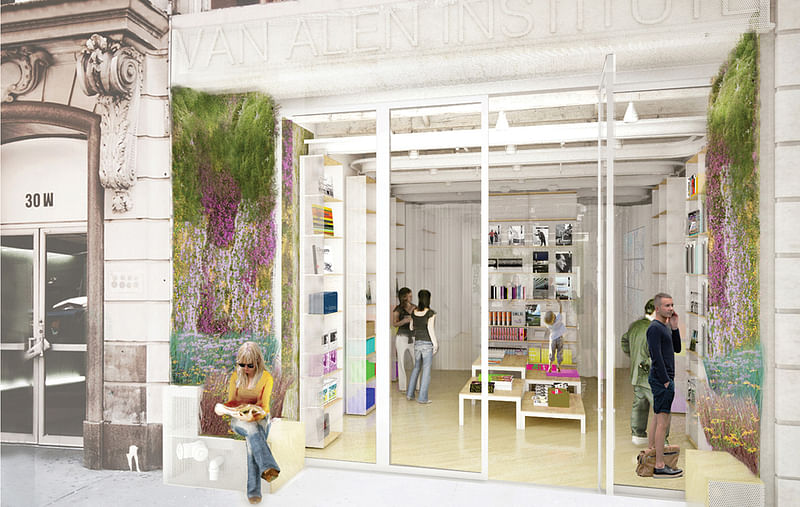
"The 1904-1905 Beaux Arts inspired Schickel & Ditmars building at 28-30 West 22nd Street can be considered an architecture defined by evolving technology and design discretion. It is a resourceful architecture of both new & known technology, steel frame with masonry cladding, function & aura, and Chicago windows with large light gathering city framing glass panels flanked by operable windows for natural ventilation. Located here, the cultural organization is a meaningful evolution of use in a district once defined by cathedrals of commerce.
Of Possible Architectures proposes an architecture that is a platform for the full gradient of the Van Alen’s programming and is born from the nature of the institution’s identity. The Van Alen has a legacy of architectures manifest as projects through competitions and commissions — the Van Alen Stairs, inspired by the TKTS Steps, are this legacy’s standard-bearer. They are identifiable at the scale of the city, the country, and globally as testaments to the virtues of the Van Alen’s work."
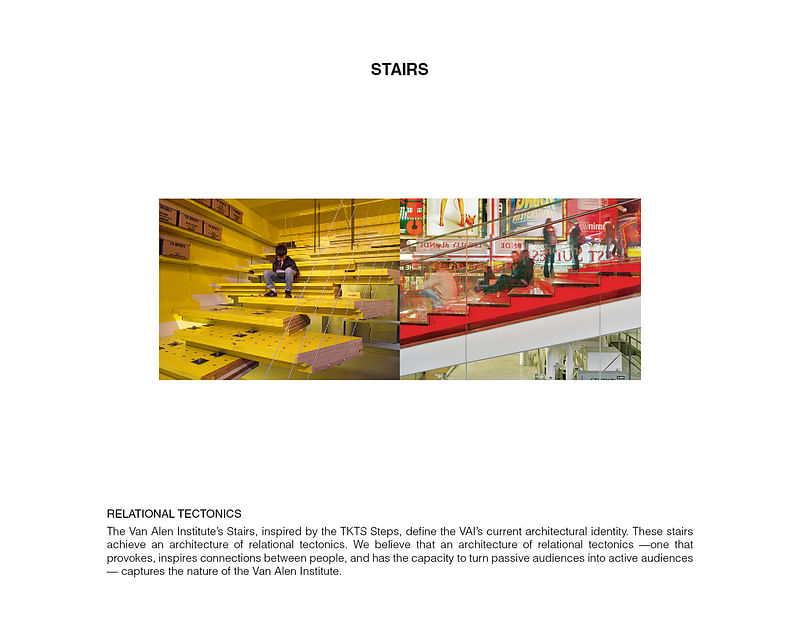
"These Van Alen Stairs achieve an architecture of relational tectonics. Of Possible Architectures has identified relational tectonics as the dimension of architecture which intentionally provokes meaningful relationships between people, their behavior, and their environment. The effect of seeing an audience on the Van Alen Stair during an event or a person sitting alone on them reading a book creates an impressionable moment and even liminal cognitive space. As an active viewer in the space or as a passerby on 22nd Street, this experience of seeing behaviors unfold on the stairs builds a distinct and personal relationship outside the normal perception of daily life and the city.
For the next iteration of the Van Alen Institute, we are excited to propose a translation of the Van Alen Stair into the Van Alen Table."


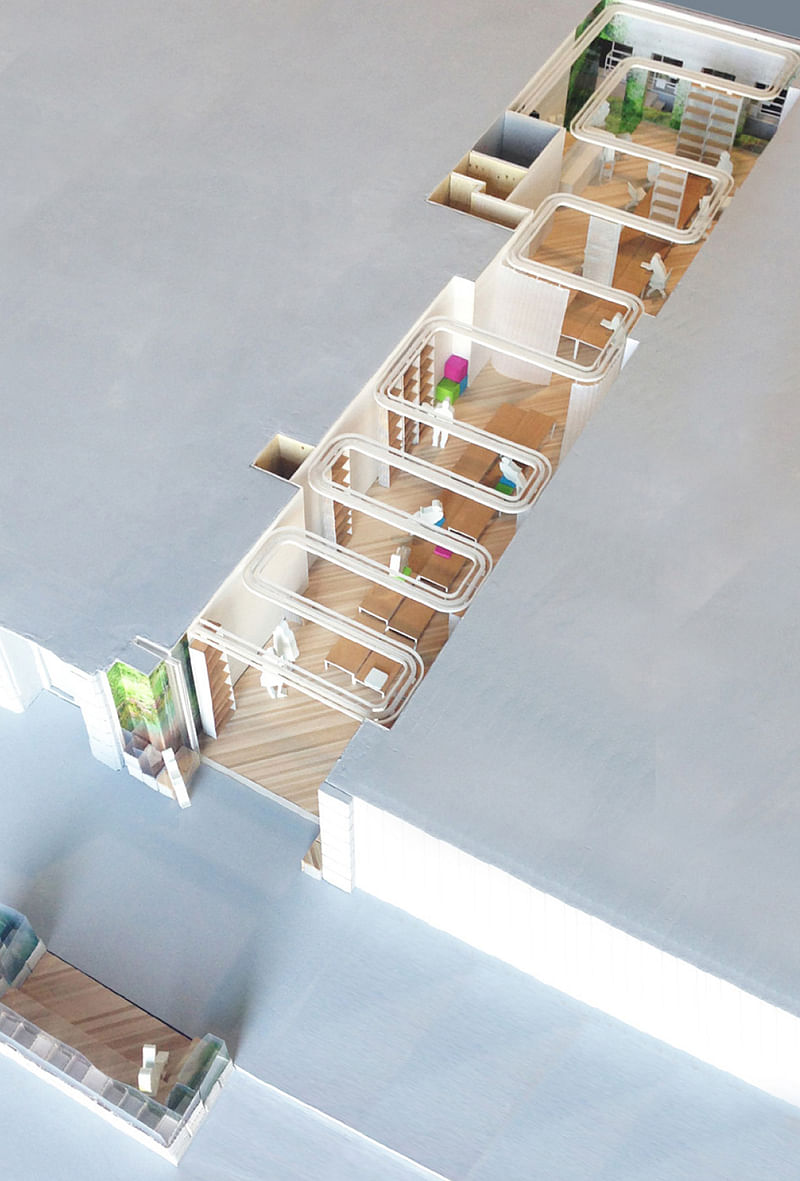

For more info, click here.
All images courtesy of OPA.
Also be sure to check out the thumbnail gallery for the rest of OPA's presentation.
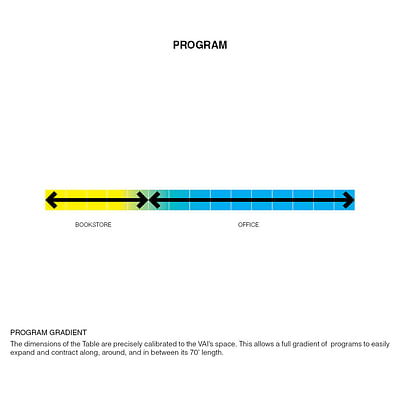
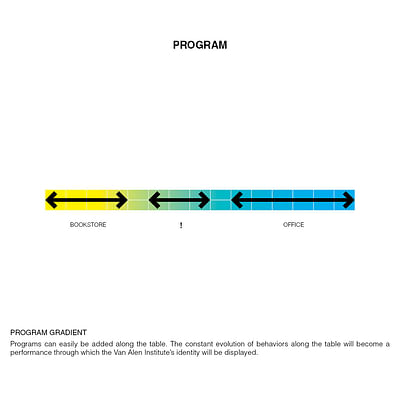



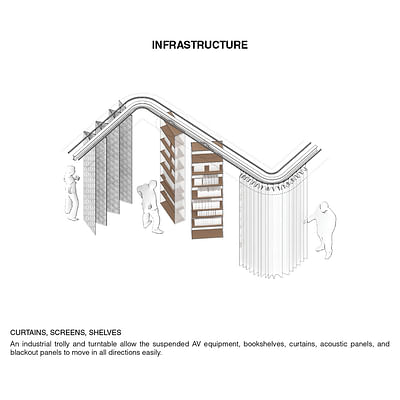

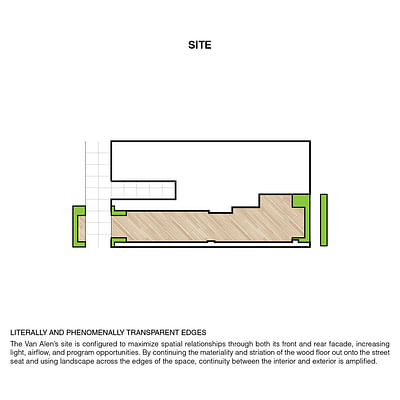


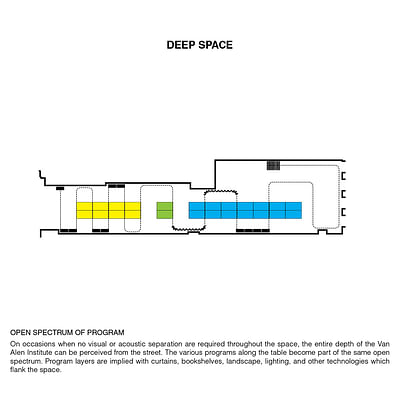
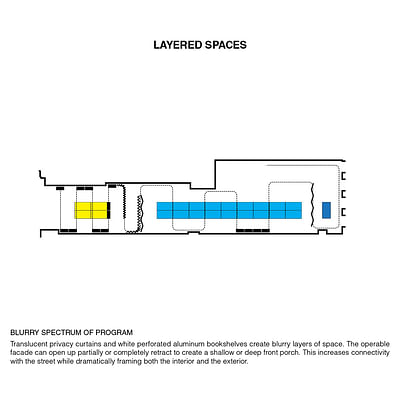

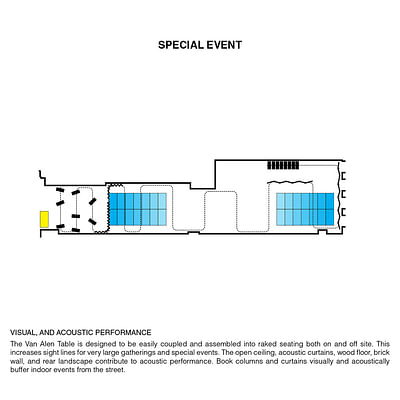




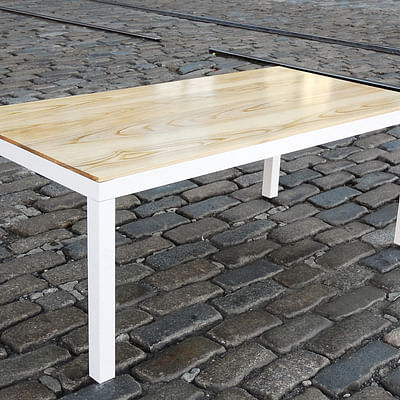
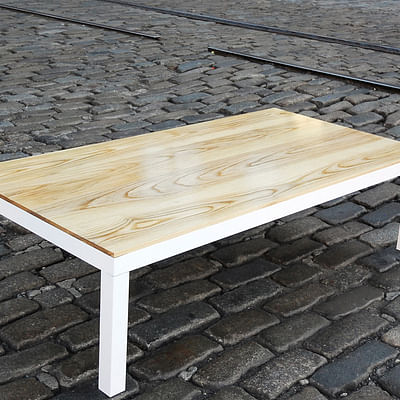


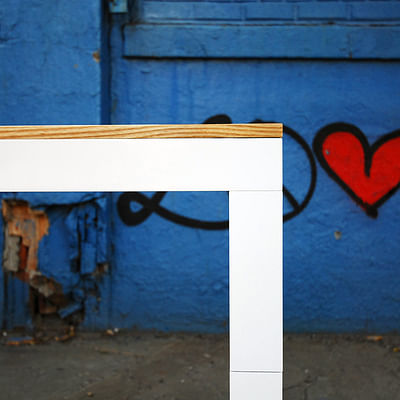
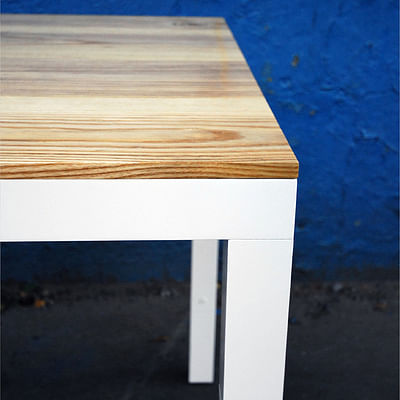

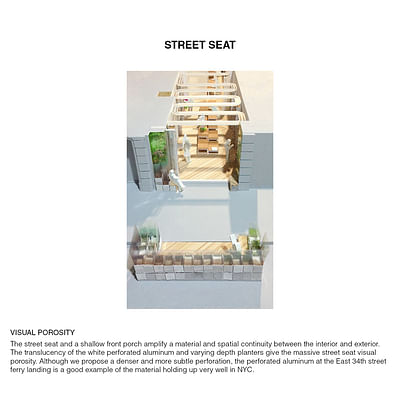
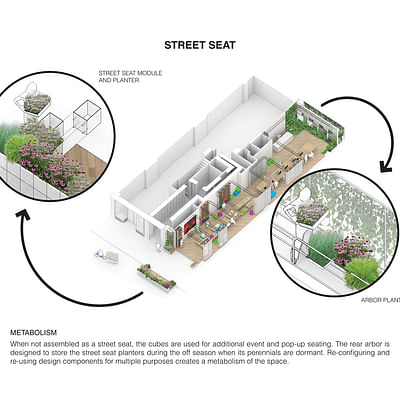
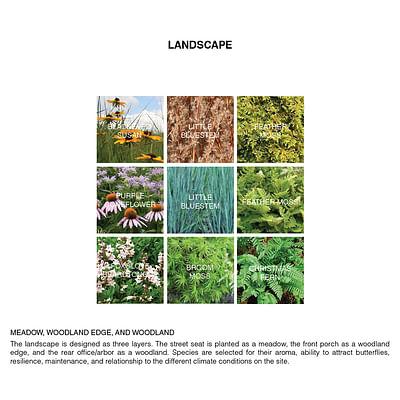

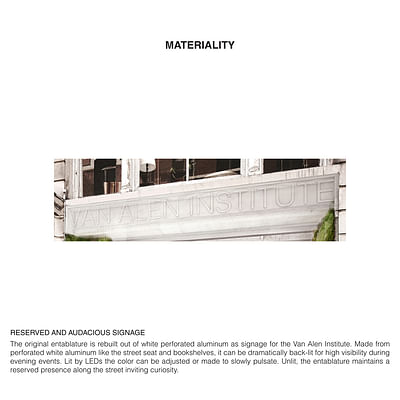


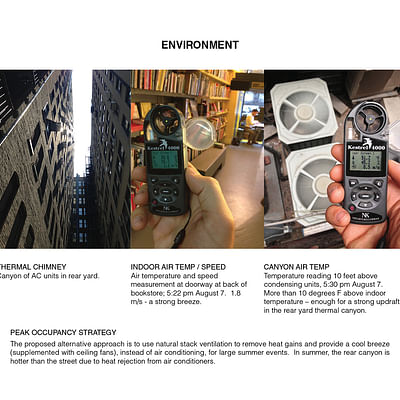
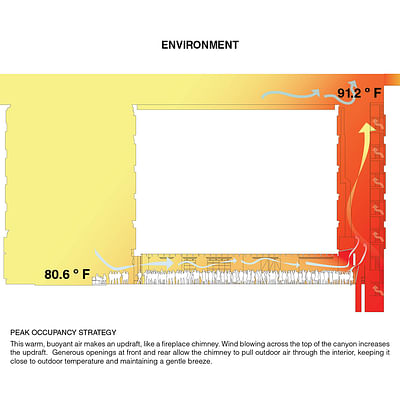


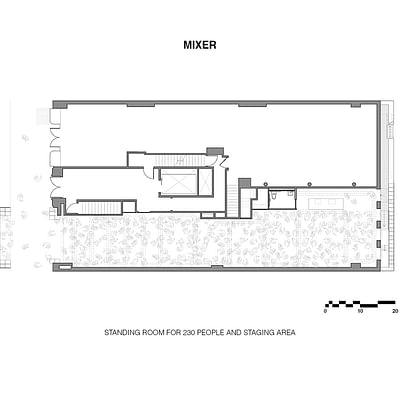
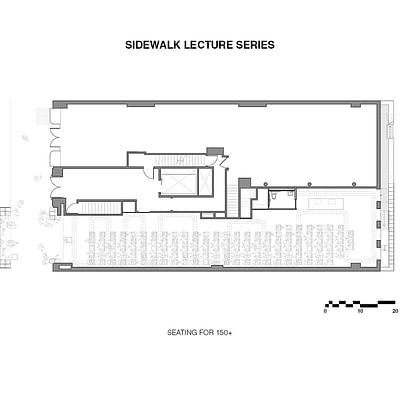
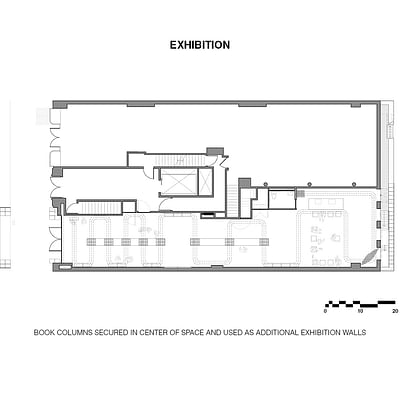
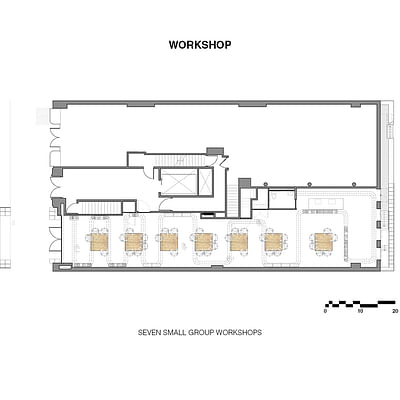
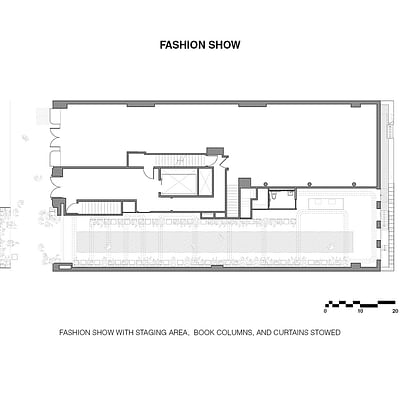
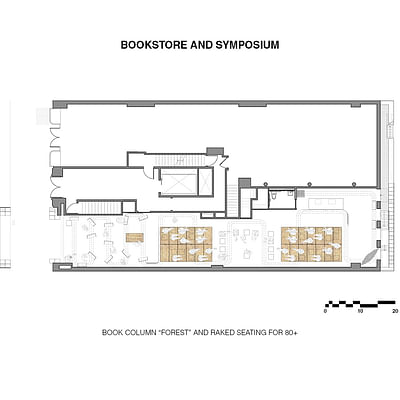

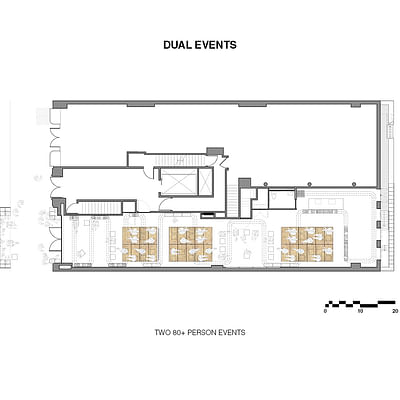
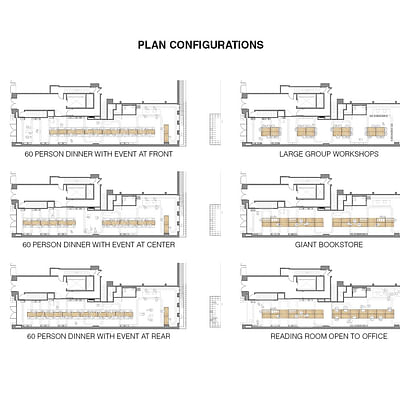
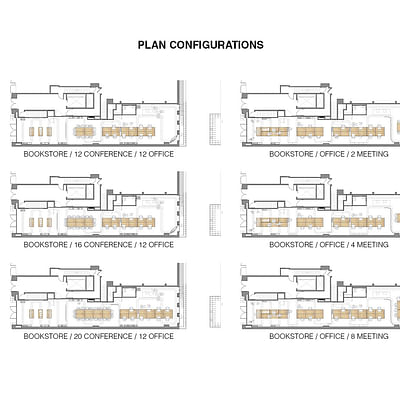
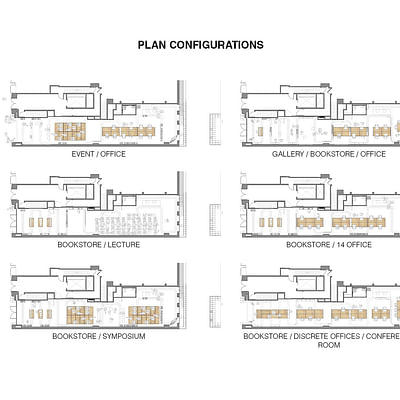

Share
0 Comments
Comment as :